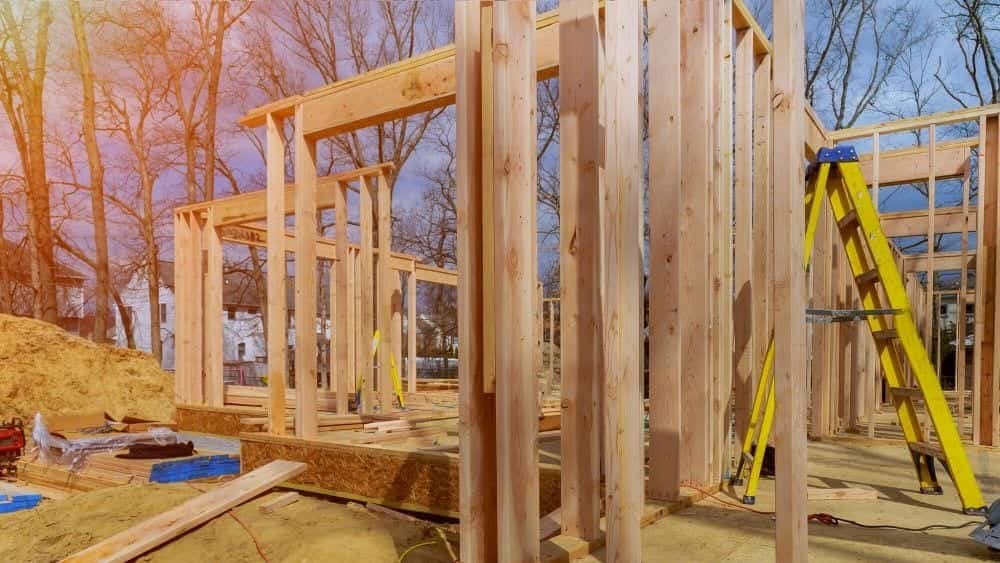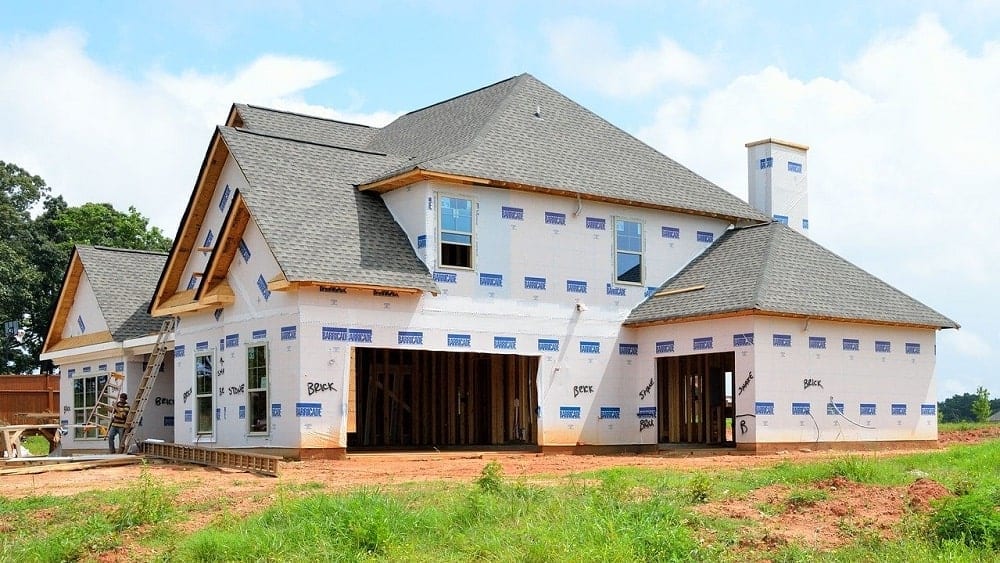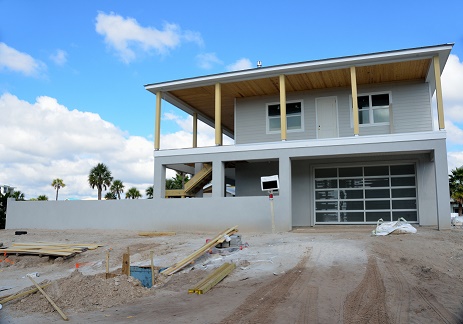Sensational Kitchen Remodeling Indiana to Develop Your Dream Kitchen
Sensational Kitchen Remodeling Indiana to Develop Your Dream Kitchen
Blog Article
How a General Service Provider Can Transform Your Common Locations Into Useful Rooms
The change of usual locations right into functional spaces is a nuanced process that needs a general professional's knowledge in assessing particular community requirements and making customized options. By taking into consideration variables such as layout, ease of access, and visual allure, a service provider can produce settings that not only offer functional purposes however also foster community involvement.
Assessing Current Common Location Demands
When assessing usual locations, it is important to recognize and understand the certain demands of the neighborhood they offer. This process starts with a comprehensive evaluation of existing usage patterns, which involves gathering data on foot website traffic, height use times, and tasks occurring within these rooms. Involving with neighborhood participants via surveys or conferences can offer useful understandings right into their preferences and difficulties.
Next, it is necessary to consider the demographic composition of the neighborhood, including age, lifestyle, and any kind of special demands that might impact how these areas are made use of. For example, households with children might need backyard, while older adults may focus on accessibility features.
In addition, assessing the existing facilities and amenities is vital. Determining areas that are underutilized or in requirement of repair work can notify potential improvements. Teaming up with stakeholders, such as building supervisors and neighborhood organizations, makes sure that the assessment shows a thorough understanding of the community's demands.
Eventually, a thorough analysis of current typical area requires lays the groundwork for effective changes, allowing for the production of rooms that foster involvement and boost the total high quality of life within the community.
Designing for Performance and Looks
An extensive understanding of area requires sets the stage for reliable style that stabilizes capability and visual appeals in common areas. Successful design calls for a thoughtful technique that thinks about both the sensible uses the space and the aesthetic allure that boosts the environment.
Functional style requires creating spaces that accommodate the specific activities and communications of the community. This may consist of adaptable seating plans for gatherings, easily accessible paths for individuals with mobility obstacles, or assigned locations for recreational tasks. Each element has to offer a function while guaranteeing convenience of movement and convenience for customers.
Looks play a vital function in cultivating a welcoming atmosphere. The selection of shades, materials, and lights can substantially affect the understanding of a space. Incorporating natural environments, such as greenery or water attributes, can enhance the ambiance and develop a comforting environment. Additionally, aligning the layout with the community's cultural identity can foster a sense of belonging and satisfaction.
Budgeting and Resource Appropriation
Effective budgeting and resource appropriation are important parts in the successful improvement of common areas. A well-defined budget outlines the economic specifications within which the job must run, guaranteeing that expenses are managed and sources are properly used. This begins with a detailed assessment of task demands, including layout aspects, products, More hints and labor.

A general professional plays an essential role in this stage, working together with stakeholders to establish realistic budget plan quotes that get more straighten with the intended vision. By focusing on crucial functions and checking out cost-effective options, the contractor can maximize spending without compromising top quality.
Resource allotment entails tactically appointing workers, devices, and products to different stages of the job (General Contractor Indiana). This needs careful preparation to make sure and avoid hold-ups that each component is supplied in a timely manner. Furthermore, routine tracking of expenditures against the budget plan assists to determine potential overruns early, enabling for timely changes
Handling Building Process Successfully
Taking care of the construction process effectively is important for accomplishing timely job conclusion and maintaining budget plan stability. A well-coordinated technique includes precise preparation, clear communication, and reliable source management. General professionals must develop a comprehensive project timeline that describes each stage of construction, enabling the identification of potential bottlenecks and important milestones.
Routine development meetings are essential for maintaining all stakeholders notified and aligned. These conferences promote the prompt resolution of problems, making certain that the project remains on track. In addition, making use of project monitoring software can simplify interaction, track progress, and take care of documents, reducing the chance of misconceptions and delays.
Efficient source allocation is likewise vital. By making certain that materials, labor, and equipment are available when required, basic contractors can avoid expensive interruptions. Carrying out a proactive method to take the chance of monitoring more improves efficiency, as it enables the identification and mitigation of possible challenges prior to they rise.

Making Sure Compliance and High Quality Specifications
Conformity and top quality criteria are fundamental to the success of any building and construction job, guaranteeing that the finished spaces not only fulfill client assumptions but additionally follow regulative demands. A basic contractor plays a pivotal function in implementing these criteria throughout the construction process.
First, it is vital for the service provider to stay updated on neighborhood structure codes, safety policies, and industry best techniques. This understanding allows them to assist layout selections and product selections that straighten with compliance criteria. Routine inspections and top quality assessments throughout the construction phase assistance to recognize prospective issues early, mitigating costly delays and remodel.
Additionally, a trustworthy general professional promotes a society of quality amongst workers and subcontractors. This can be achieved by providing training on compliance procedures and applying rigorous top quality control procedures. By developing clear interaction channels, the specialist can ensure that everybody included recognizes their responsibilities regarding conformity and top quality.
Conclusion
To conclude, the duty of a basic contractor in changing usual locations right into useful spaces is essential. Through a comprehensive analysis of area needs, thoughtful layout, meticulous budgeting, and effective task monitoring, these experts can produce settings that boost functionality and aesthetic allure. read more Adherence to compliance and quality standards additionally makes certain that revitalized spaces not just fulfill the expectations of stakeholders but additionally foster engagement and improve the total experience for all customers within the community.
The improvement of usual areas into useful rooms is a nuanced process that needs a general professional's expertise in evaluating specific community requirements and making tailored solutions. By thinking about aspects such as design, accessibility, and aesthetic charm, a professional can produce atmospheres that not just offer functional purposes however also foster neighborhood engagement. General specialists must develop an in-depth project timeline that lays out each phase of building, permitting for the identification of essential landmarks and potential bottlenecks.

Report this page